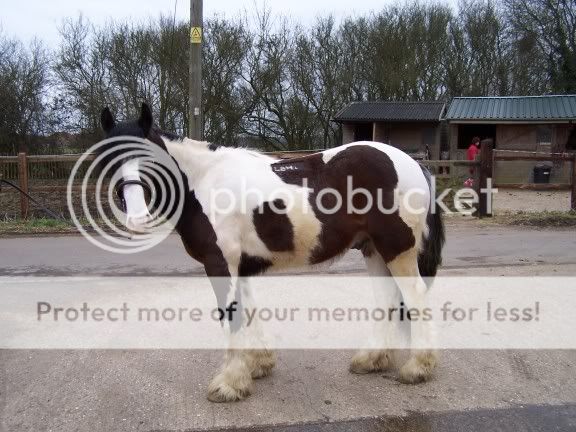cobwithattitude
...
Daughter's newly acquired cob has huge feathers - question is what is the best approach in winter - he will live out with access to stable in the field. He has had heel mites in the past. Do we clip them off or leave them on - how do you keep an eye out for mud fever/mites as they are so thick but cutting them off may invite mud fever in the wet? Any ideas/knowledge gained from experience? Thanks!





